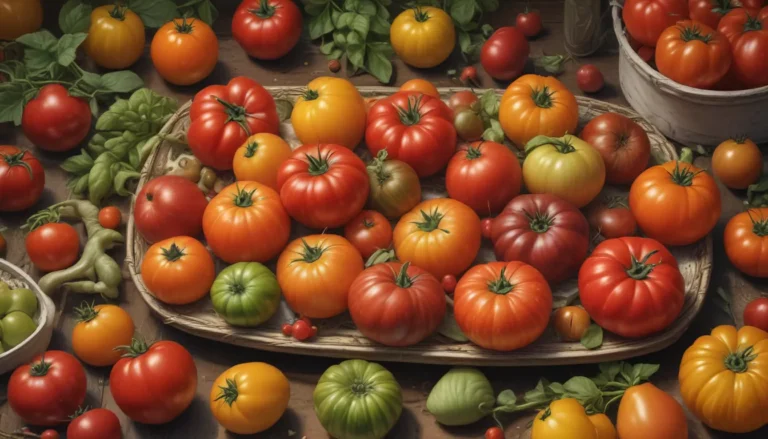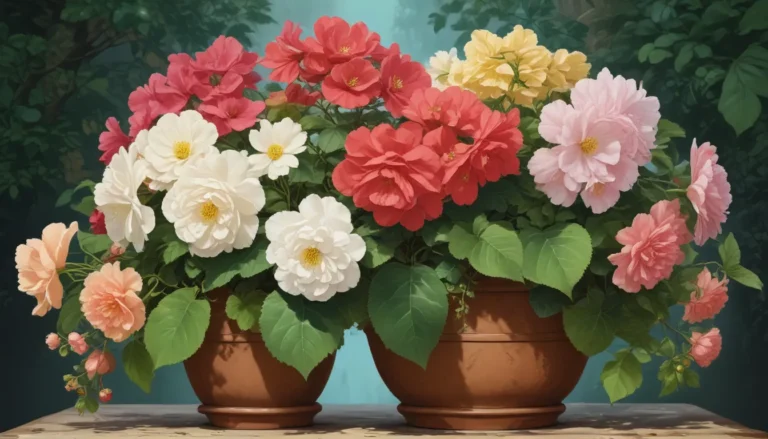How to Check Flower Bulbs for Viability: A Comprehensive Guide

Have you ever planted a flower bulb only to be disappointed when it fails to bloom? It can be disheartening to put in all that effort and not see the results you were hoping for. But fear not, there is a way to avoid this disappointment altogether – by checking the viability of your flower bulbs before planting them.
In this in-depth guide, we will walk you through everything you need to know about flower bulbs, how to identify signs of a bad bulb, and tips to prolong bulb health and longevity. By the end of this guide, you will be equipped with the knowledge to select the healthiest bulbs for your garden and ensure a successful growing season.
Flowering Bulbs 101
Before we dive into how to check the viability of flower bulbs, let’s first understand what flower bulbs are. Botanically speaking, a true bulb is an underground stem composed of layered, fleshy, and energy-storing scales. True bulbs include a root-producing basal plate, a central shoot that produces flowers and leaf buds, and lateral buds that produce “bulblet” offsets.
While true bulbs like tulips and daffodils have a skin-like outer tunic that protects the scales, other structures such as corms, tubers, and rhizomes also fall under the umbrella of flower bulbs.
For simplicity’s sake, we will refer to all these underground storage organs as “bulbs” moving forward. The indicators of viability are generally the same for all these types of bulbs, and it is essential to understand their characteristics before assessing their health.
Signs of a Bad Bulb
When checking for the viability of a bulb, there are several signs to look out for that indicate it may not be healthy and viable for planting.
Rot and Infection
If a bulb exhibits signs of fungal or bacterial infection such as soft spots, dark discolorations, or fuzzy mold, it is best to avoid planting it. Infected bulbs can spread diseases to other plants in your garden and are unlikely to thrive.
To test for rot, try the bucket test – healthy bulbs will sink in water, while rotted ones will float. Discard any bulbs that float during this test.
Pest Damage
Bulbs that show signs of insect damage or feeding by small mammals are also best avoided. Look for feeding damage, discoloration, or tunnels created by pests. This can indicate that the bulb may not grow properly.
Old Age
Bulbs have a lifespan of two to five years in the garden, and older bulbs may lose viability and fail to bloom. If a bulb has been in storage for more than 12 months, it may not be viable. Plant bulbs promptly after purchase or storage to ensure their health.
Tips to Prolong Bulb Health and Longevity
Now that you know how to identify signs of a bad bulb, it’s essential to take steps to prolong the health and longevity of your bulbs.
- Cultivate plants with underground storage organs properly in your garden, protecting them from pests and disease.
- Provide bulbs with the proper climate, sun exposure, irrigation, and fertilization to ensure their growth and development.
- Store bulbs correctly during the off-season, following appropriate guidelines for each bulb type.
- Invest in high-quality bulbs from reputable nurseries to ensure disease-free and healthy plants.
By following these tips, you can ensure that your bulbs stay healthy and productive for years to come.
Become an Effective Garden Detective
Learning to identify signs of non-viability in flower bulbs is a valuable skill that can save you time, effort, and resources in the garden. By honing your observation skills and knowing what to look for in a healthy bulb, you can ensure a successful growing season each year.
If you have any questions or comments about checking bulb viability or flower bulb gardening in general, feel free to share them in the comments below. Happy gardening!
By incorporating these new sections, examples, and tips, we have created a comprehensive guide to checking flower bulbs for viability. From understanding the anatomy of flower bulbs to identifying signs of a bad bulb, this guide provides valuable information for gardeners looking to ensure successful blooming seasons.





